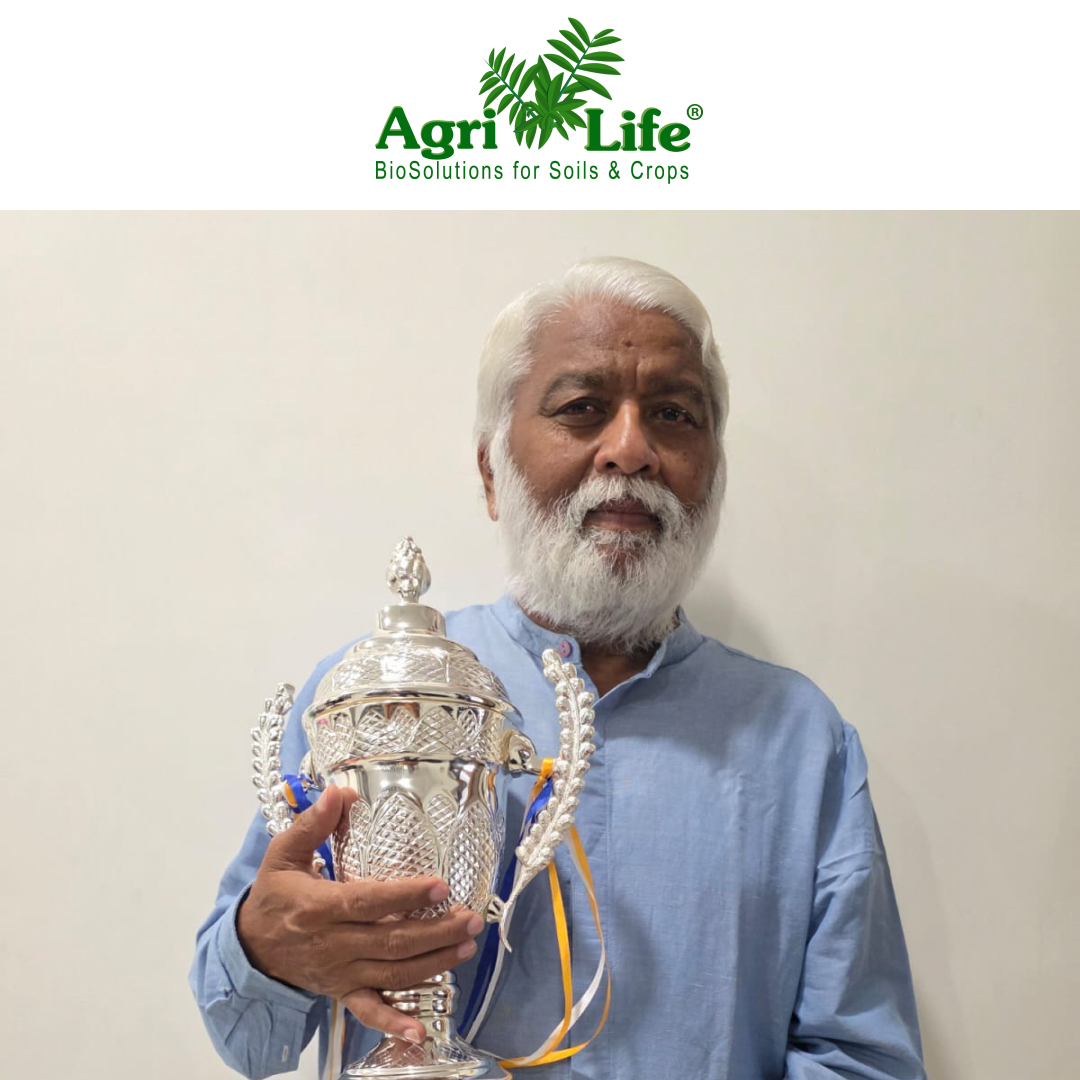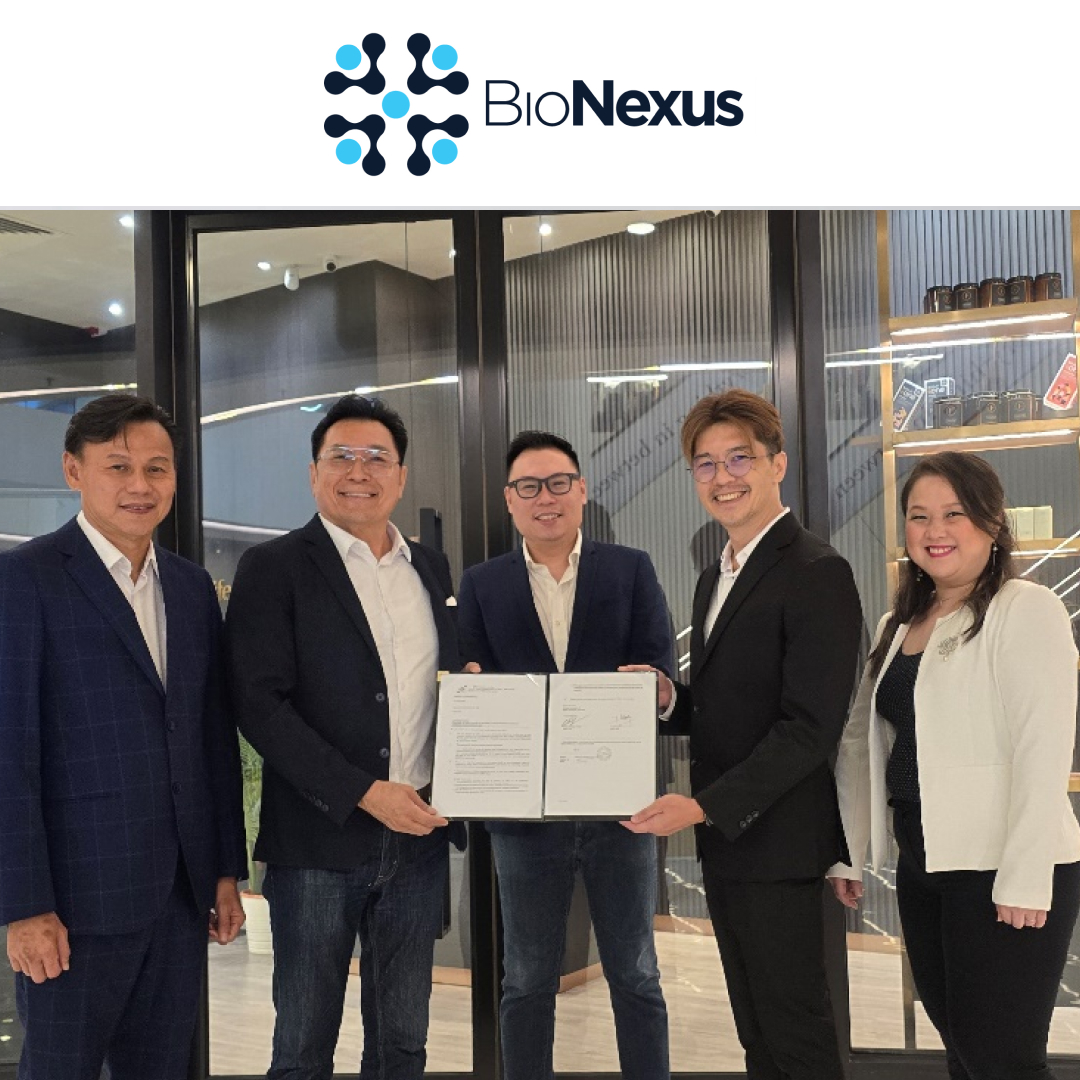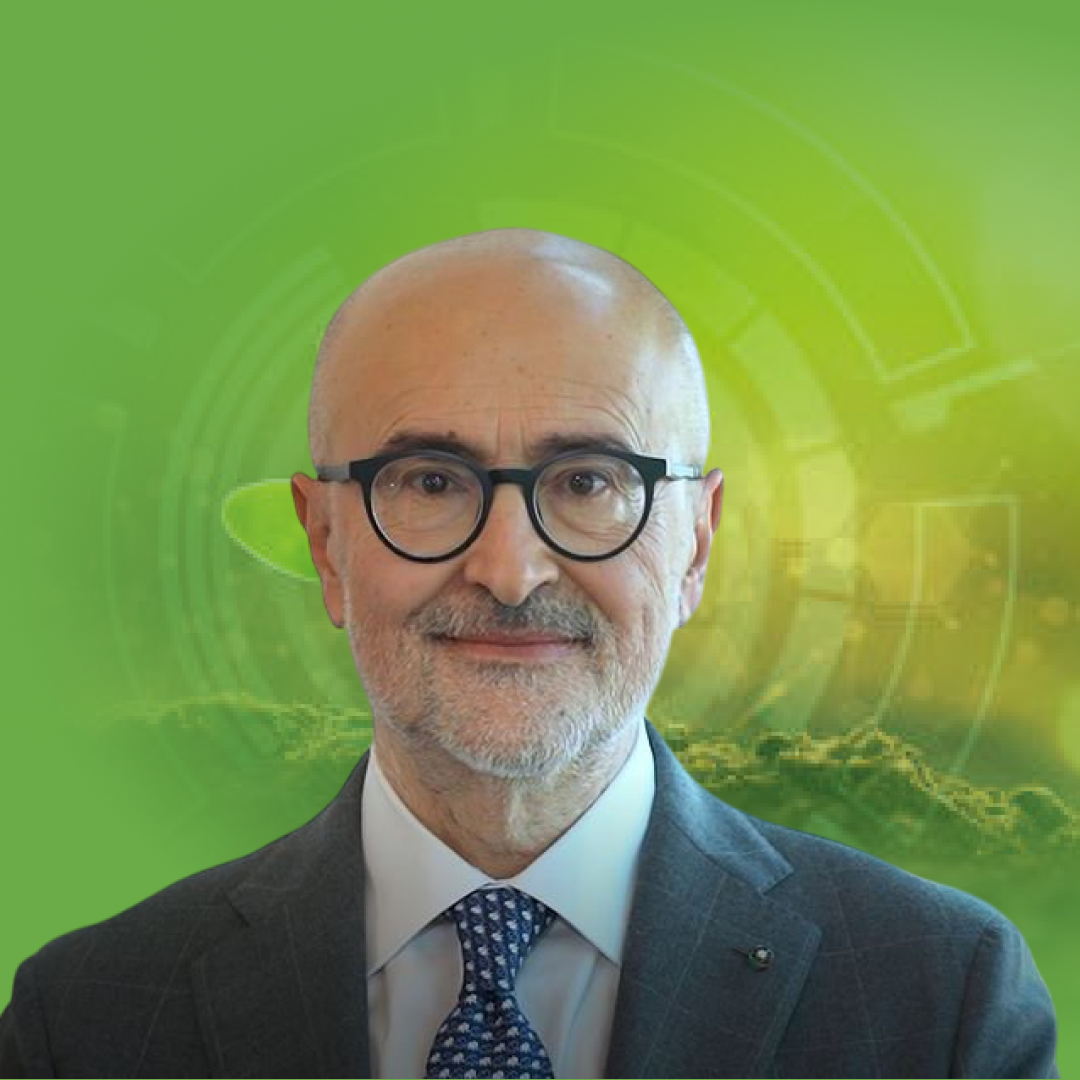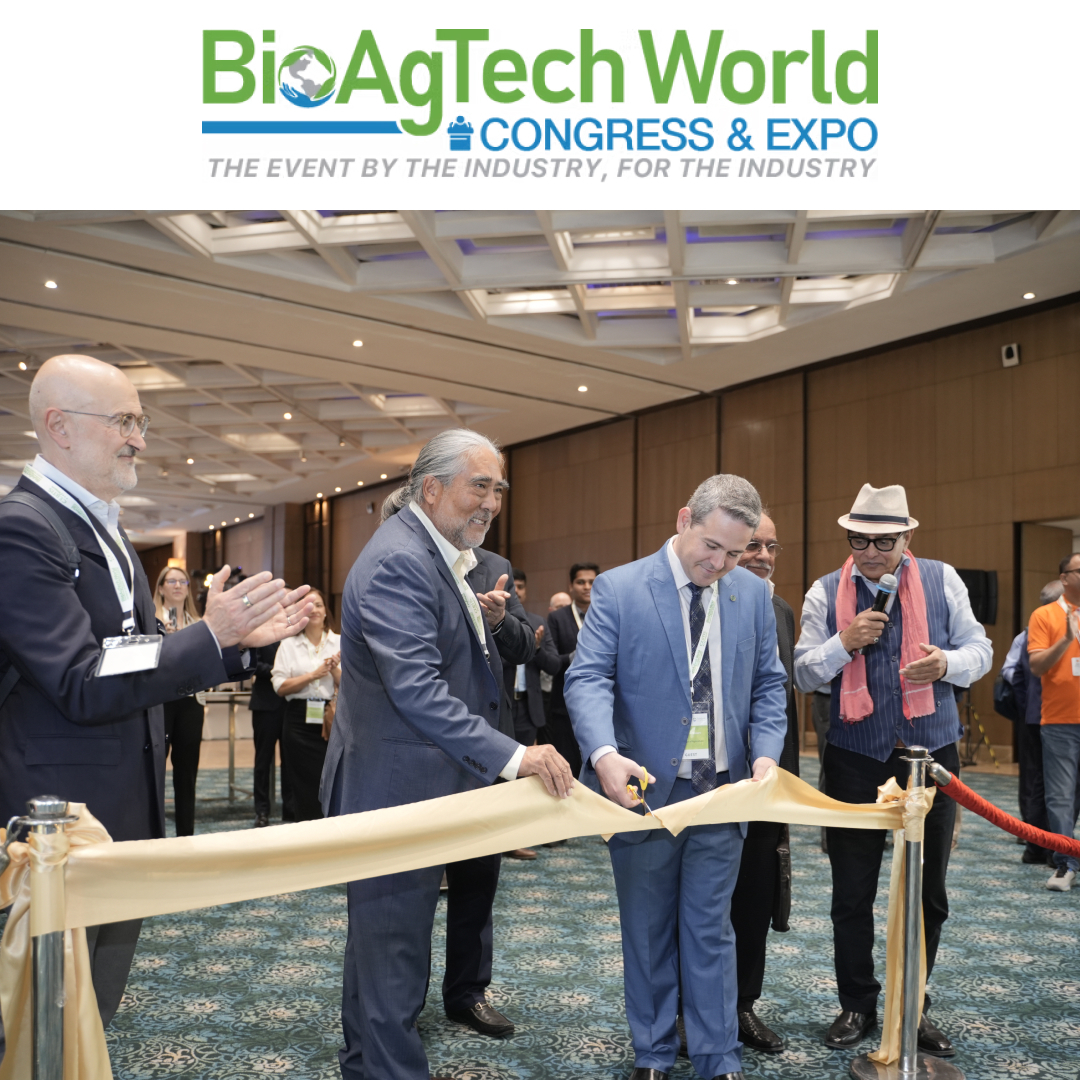
Overheated, overstretched and riven by wealth extremes, our world sits on multiple knife edges. There may be 10 billion of us by 2050 – and already, the race to keep ourselves fed is straining the planet. Biodiversity is ailing. Resurgent conflict cripples food supplies. Poor nutrition saps health. Battered by water stress, whole regions dry up. Primary education still eludes millions of children. Gender inequality threatens society’s fabric. Climate change, deforestation and the overexploitation of resources are sending humanity into a tailspin.
Seeking to turn the tide, 193 countries have – laudably – agreed upon the 2030 Agenda on Sustainable Development and its Sustainable Development Goals (SDGs). But having an agenda is not enough. With less than a decade left, we are off track to meet the Goals. To make matters worse, over the last two harrowing years, the COVID-19 pandemic has reversed progress on many targets.
Back in 2019, the Global Sustainable Development Report had identified food systems and nutrition patterns as entry points for transformative action across the SDGs. This is – even more starkly – still the case today. Agrifood systems are essential to human survival and to a world free from hunger: without them, no Goal, including the eradication of hunger and poverty, can be achieved. It is also true that as they stand, agrifood systems are unbalanced; they can entrench injustice; and they generate a large share of harmful emissions. To make agrifood systems decisively the solution rather than the problem, we must starve out those parts of them that feed on inequality and environmental degradation. And to do so credibly and efficiently, we must start from the ground up – at the local community level.
Read The Full Article Here – FAO







Leave a Reply